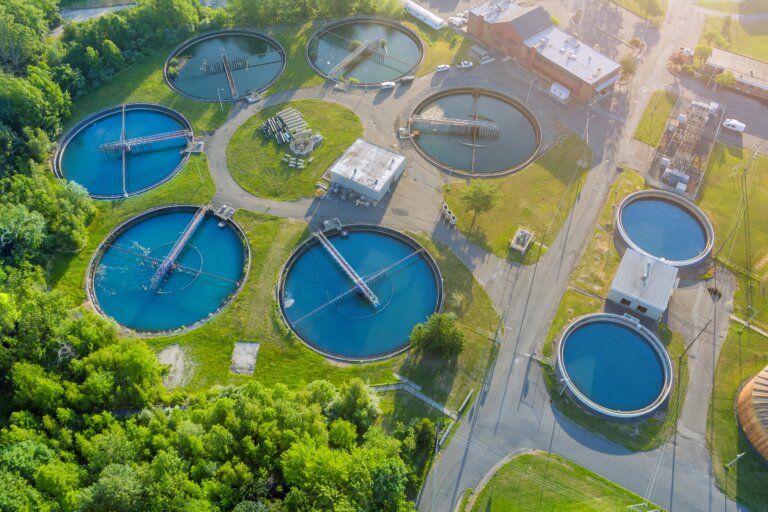
Written by Jim Kapron – Technical Sales Representative
Sept. 30, 2024
Potable water, a cornerstone of public health and daily life, presents a myriad of challenges and complexities often underestimated. From ensuring the safety of drinking water to optimizing the treatment processes, the science of maintaining potable water quality involves precision and expertise.
This article delves into the intricate world of water treatment, highlighting key technologies and strategies that safeguard water quality from the treatment facility to the tap.
What you’ll learn:
- Key Disinfection Measures: The role of disinfection in potable water safety and the tools used for monitoring.
- Precision in Chlorine Dosing: How membrane-based chlorine analyzers optimize disinfection while minimizing by-products.
- Critical Measurements for Process Control: The importance of conductivity, dissolved oxygen, pH, and oxidation-reduction potential.
- Innovations in Sensor Technology: Benefits of using galvanically connected sensors for accurate and interference-free measurements.
Ensuring Safe Drinking Water Through Effective Disinfection.
Disinfection is the heart of potable water treatment, crucial for eliminating pathogens and ensuring the water’s safety for drinking. Traditional methods often involve chlorine dosing, which must be meticulously controlled to balance efficacy with safety. Over-dosing can lead to harmful disinfection by-products, while under-dosing might not effectively neutralize all microbial threats. Modern solutions include the use of sophisticated chlorine analyzers, which not only ensure precise dosing but also help monitor the resultant quality of water. These analyzers, often membrane-based and pH-compensated, provide a detailed assessment of chlorine levels, safeguarding against both microbial risks.
Optimize your water treatment with M4 Knick’s advanced oxygen sensors, featuring cutting-edge technology and seamless digital integration.
Navigating the Complexity of Water Analysis with Advanced Tools.
Water treatment is marked by complex measurements that dictate process adjustments and system integrity. Key parameters such as conductivity, dissolved oxygen, pH, and oxidation-reduction potential are pivotal in monitoring and controlling the treatment processes. These measurements, when taken accurately, guide water treatment professionals in making informed decisions that ensure the water remains safe and treatment processes remain efficient.

Technological Advancements in Sensor Design.
One of the standout innovations in potable water treatment is the development of galvanically connected sensors. These sensors offer a seamless measurement loop, free from capacitive interference often caused by lengthy cables. The digital data transmitted across these connections are not only more accurate but also immune to external noise, enhancing the reliability of readings. Furthermore, these sensors support hot-swapping—allowing technicians to replace sensors without the typical disruptions of field recalibrations, thereby supporting continuous, uninterrupted monitoring.
The Final Check: Residual Chlorine Measurement Before Distribution.
Before water reaches the consumer, one final check ensures its safety: residual chlorine measurement. This step is crucial as it confirms whether the water still holds enough disinfectant to remain safe through the distribution networks. The most reliable sensors for this task use a specialized membrane that isolates the residual chlorine, providing a precise reading that is further refined by accompanying pH measurements. This process not only confirms the potability of the water but also ensures compliance with health standards.
Enhance water safety with the ATi Q46H/62-63 Residual Chlorine Monitor. This accurate, reagent-free system offers crucial pH compensation and CT calculation capabilities.
Conclusion.
The science of making water drinkable is intricate and indispensable. With the right analytical tools and a skilled support team, the challenges of potable water treatment can be met with precision and confidence. This installment of “The Journey of Water” underscores the importance of rigorous and sophisticated water treatment practices, ensuring that the water we drink is not only safe but also processed with the utmost efficiency and care. As we continue to refine these processes and technologies, the goal remains clear: to provide reliable, safe potable water to all.
Be the first to read our articles

Written by Jim Kapron – Technical Sales Representative
Write to me at: kapronj@novatech.ca

